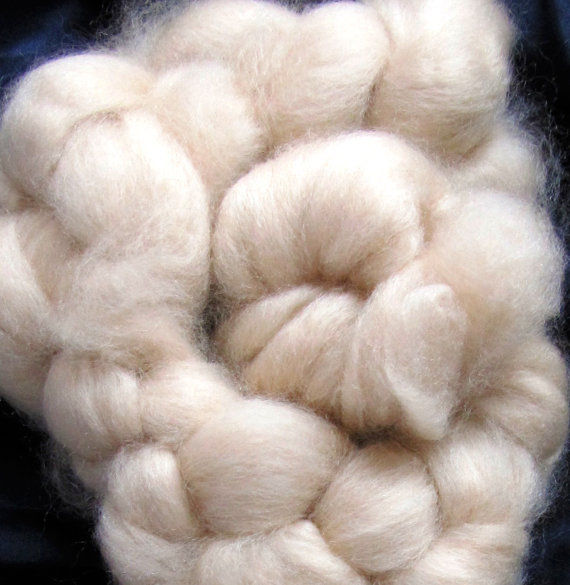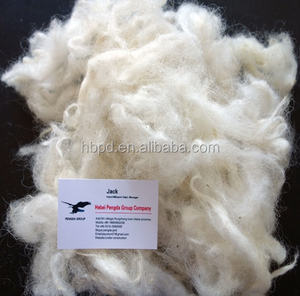How is cashmere Fibre Created and Why Is It So Sought After?
How is cashmere Fibre Created and Why Is It So Sought After?
Blog Article
Understanding the Different Kinds of Cashmere an All-natural Fiber and Their Distinct Advantages

The Origins of Cashmere: A Historic Review
While the glamorous touch of cashmere remains to charm modern customers, its origins trace back to the severe, cool climates of Mongolia and the Mountain ranges. For centuries, the indigenous peoples of these areas have actually been raising Capra Hircus goats, the prime source of cashmere wool. These goats, resilient versus the extreme winters months, grew a great undercoat to endure, which later came to be called cashmere. The name itself admires Kashmir, an area in India where the woollen was at first processed. Much of the early cashmere profession route was promoted by the Silk Road, attaching Asia with the Middle East and Europe. In spite of its international spread, the finest cashmere is still thought to originate from the original regions of Mongolia and the Himalayas.

The Production Process: From Goat to Garment
Shearing a Capra Hircus goat marks the inception of the detailed cashmere production procedure. This delicate procedure generally occurs annually throughout spring. The fine, soft undercoat is after that divided from the coarser outer hair, a process known as dehairing. The resultant raw cashmere is after that washed to remove pollutants such as oil, dust, and veggie matter.
The tidy fiber undergoes coloring, spinning, and weaving, or knitting, to transform it into a fabric. Facility treatments such as top quality control checks and completing processes comply with, making certain completion item preserves the elegant standard anticipated of cashmere. This painstaking process, from goat to garment, justifies the high cost connected to cashmere products, making them an icon of luxury and refinement.
The Various Sorts Of Cashmere: An In-depth Evaluation

The Special Benefits of Cashmere: Comfort and Sustainability
Moving from the variety of cashmere types to the benefits they offer, comfort top article and sustainability stand out prominently. Cashmere, a natural fiber, is renowned for its unrivaled soft qualities, providing a degree of convenience that synthetic fibers can not match.
When it involves sustainability, cashmere is biodegradable and renewable, as it's gathered from cashmere goats who regrow their layers each year. what is cashmere. Unlike artificial fibers which can take centuries to break down, cashmere's influence on the environment is minimal. This combination of comfort and sustainability makes cashmere an advantageous choice for mindful consumers

Caring for Your Cashmere: Upkeep and Conservation Tips
While cashmere is unquestionably a lavish and lasting choice, it calls for particular treatment to preserve its high quality and extend its life-span. To begin, cashmere need to be hand washed utilizing chilly water and a mild detergent. Stay clear of wringing the garment or twisting as it can damage the fibers. Instead, carefully eject excess water and lay it flat on a towel to dry. Moreover, cashmere things ought to be kept in a dry and cool location, away from straight sunshine and wetness. Making use of moth repellents can shield these garments from potential damage. Lastly, it's advisable to prevent hanging cashmere to avoid stretching. Instead, layer and store them effectively to keep their shape and top quality over time.
Spending in Cashmere: Comprehending Its Value and Well Worth
Although cashmere may at first appear like a pricey financial investment, its long-term value and worth become obvious when you consider its impressive qualities. Known for its unequaled soft qualities and heat, cashmere is a costs natural fiber that outperforms other products. Spending in cashmere, consequently, is not simply regarding present fashion fads, yet concerning embracing a lasting, long-lasting, and elegant way of life.
Verdict
In recap, the kind of cashmere one selects, be it Mongolian, Chinese, or Italian, is dictated by individual choices for heat, spending plan, deluxe, and sustainability. Understanding the origins, manufacturing procedure, and distinct advantages of different types of cashmere can direct consumers in their investment in this extravagant natural fiber.
Whether it's the extraordinary warmth of Mongolian cashmere, the price of Chinese cashmere, or click for more the eco-conscious manufacturing of Italian cashmere, there's a story to be found behind each fiber type. Cashmere, a natural fiber, is renowned for its unparalleled soft qualities, providing a level see this here of comfort that artificial fibers can't match.When it comes to sustainability, cashmere is renewable and naturally degradable, as it's harvested from cashmere goats that regrow their layers yearly. Understood for its unparalleled softness and warmth, cashmere is a premium natural fiber that outshines various other materials. Understanding the origins, production procedure, and special advantages of different kinds of cashmere can lead consumers in their financial investment in this extravagant natural fiber.
Report this page